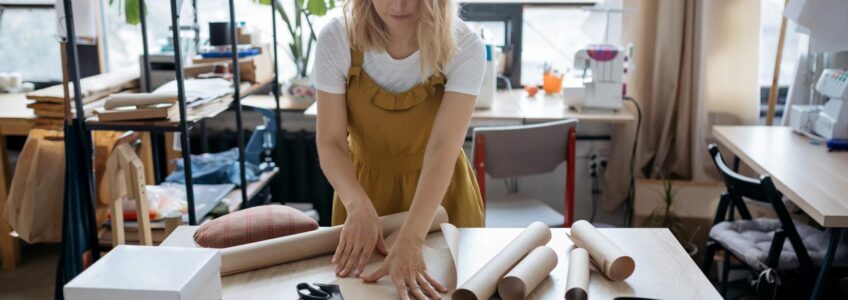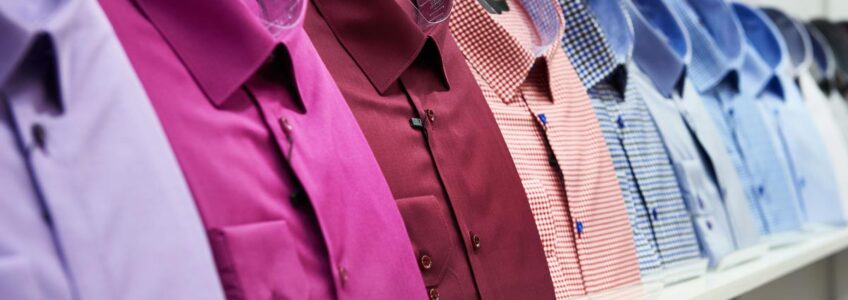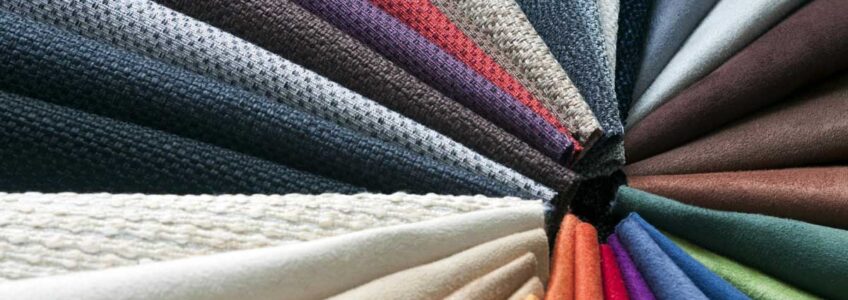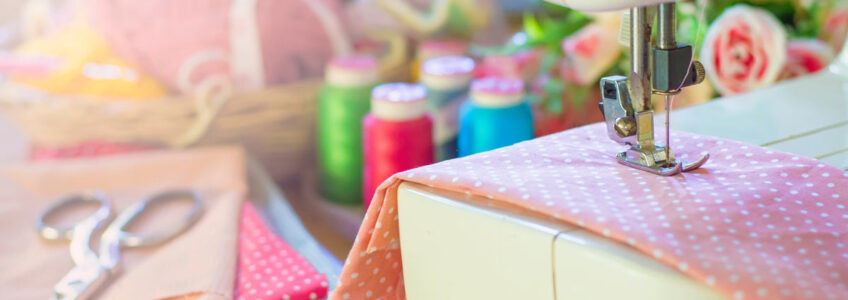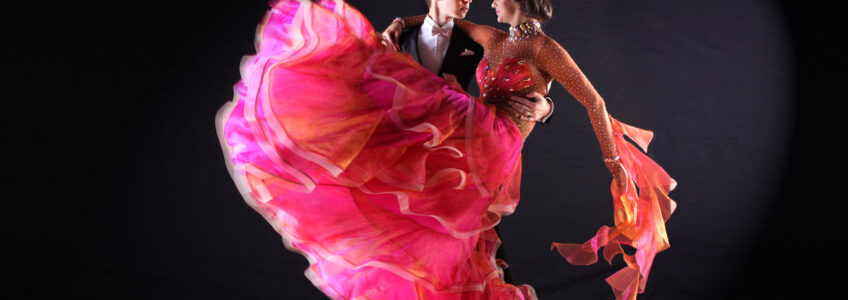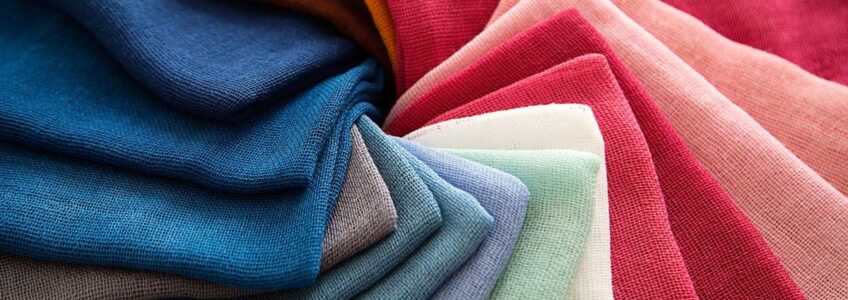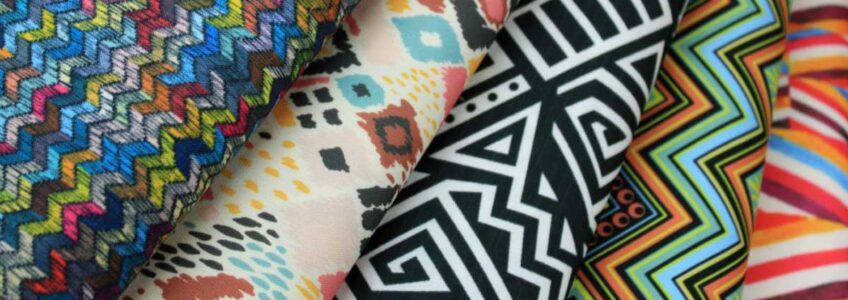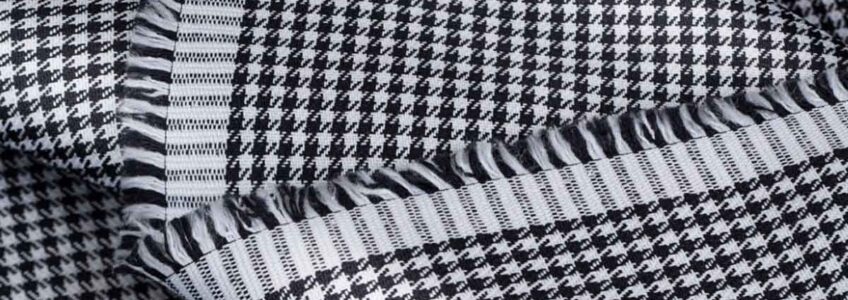In 2006, a group of dancers gathered to celebrate their love of dance, creating a community of dancers who would support, encourage, and inspire each other.
From 11 to 13 March 2022, the 15th edition of MOVE IT was held, the largest dance event in the world, which was also attended by the company Cimmino with its fabrics for dance and entertainment.
H+H Cologne 2022: the international DIY and hobby fair
The city of Cologne is the world’s largest showcase of tools, accessories and useful supplies for hobbies and crafts. With over 3,500 attendees from more than 70 countries, the h+h tradefair was also successful in digital format. About 100 companies from 29 countries participated as exhibitors at the last edition. A real boom of DIY: the craft industry has recorded record sales and is preparing to reach higher and higher peaks.
(more…)The best fabrics for furnishing in spring
With the arrival of the summer it is time to furnish the house and revolutionize it with new patterns and bright colors, to bring a bit of spring and a touch of fresh air even within the home. But what are the color shades, patterns and fabrics to prefer in spring? Let’s find out together!
(more…)Shirts fabrics: curiosities and features
The shirt fabrics are perfect for making men’s and women’s shirts.
We talk about high quality fabrics with which you can give free show to your creativity and sew clothing of high sartorial level.
The best fabrics for lining
An integral part of clothing and furniture, the covers must be chosen with care: together with Manifattura Foderami Cimmino, we discover how to choose the best fabrics for lining and how to use them at their best!
(more…)CHSI Stitches: the UK trade fair for the creative craft industry
CHSI Stitches brings together more than 6,000 craft buyers from all over the world, looking for new ideas and insights, while suppliers make their latest and innovative products available.
(more…)Danza in fiera 2022: Cimmino will participate in the event as a commercial exhibitor
Danza in Fiera is the largest international event dedicated to dance. Now in its sixteenth edition, it is aimed at all those operators and professionals in the sector, dancers, schools, important companies and companies: the ideal meeting place where all styles of dance converge and where the large exhibition spaces present the best brands and useful products. Among this year’s commercial exhibitors, Manifattura Foderami Cimmino will also participate, with its stand full of solutions designed for the world of dance.
(more…)Russia, the ninth edition of Textile Salon: Cimmino flies to Moscow
In February will be held in Moscowthe ninth edition of Textile Salon, the International Exhibition of Textiles and Accessories for the Production of Clothing.
(more…)Retro Fabric: to create colorful costumes with vintage allure
The retro fabric, available on our website, is made of polyester, bright colors and prints of different patterns that evoke past eras: extremely versatile, in fact, lends itself to many possibilities of use, especially to create beautiful Carnival costumes.
The term “retrò” refers to the “old style” and, specifically, to styles ranging from the twenties to the eighties of the twentieth century. The wider connotation of the retrò style, however, comes to a return to fashion, the timeless one, made of unique pieces and iconic details.
The retro fabric made of polyester recalls the bold and colorful chintz of the ’40s and ’50s, the amazing psychedelic swirls of the ’60s and ’70s and the neon colors typical of the ’80s.
For this reason, the term retr is often associated with the term vintage: in fact, both are used interchangeably. 300 / 2000 à é è ì î ó ò ù Vintage, in fact, refers to objects that actually go back to a certain period of time, while retro refers to the elements associated with the ethics of design of a certain period, regardless of whether they were actually produced during that period.
The retrò fabric is therefore at the center of a wider aesthetic and follows the popularity of nostalgia, in which houses and fashion receive a vintage treatment so as to seem transported in previous decades.
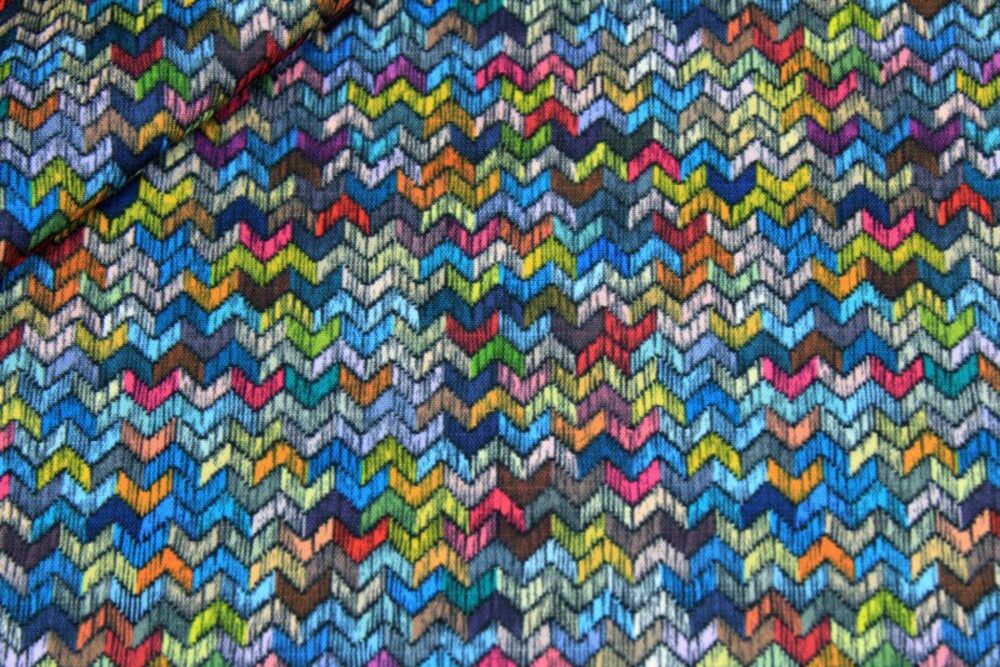
Retrò fabrics: fancy prints and bright colors to make perfect costumes
Timeless black and white, geometric shapes, pink tones with bright references ranging from fluo yellow to deep blue: these are just some of the elements that dominate theretro-style fabrics, meticulously selected by the company Manifattura Foderami Cimmino.
These special fabrics can be used both to furnish your home with a style that leads us directly back in time, and to realize some of the main masks of Carnival, those that characterize the different Italian regional traditions.
The retro fabric lends itself to various uses, including scenographic ones: a triumph of colors to be declined in the field of clothing and furniture, events and costume design!
Discover now the retro fabric on Manifattura Foderami Cimmino!
Gabardine fabric: what is it and how to use it?
The gabardine or gabardina fabric is a real jewel of the textile industry. A fabric that stands out for its particular beauty, both in its initial and raw version and in the final stage of processing, when the textile element is transformed into a garment made in detail.
Manifattura Foderami Cimmino leads us to the discovery of the gabardine fabric, refined and versatile, and explains the many possible uses for this renowned fabric!
Gabardine: refined, compact and very resistant fabric
The gabardine fabric responds to the request of a garment suitable for mid-seasons, with soft colors and extremely elegant appearance. From a purely technical point of view it is defined as a medium-weight combed yarn and a dry hand in solid colour, with batavia armour and dominant warp. Relatively waterproof to air and water, it appears very closed and compact, crossed by an original diagonal stripe. A quality gabardine fabric is recognized for its thin ribs.
There are two types of gabardine, that of combed wool, or cotton gabardine fabric. Both the wool and cotton gabardine looks like a very elegant and very resistant fabric: thanks to its compactness it is used in the field of quality tailoring for the creation of tailored clothes for men and women with clean and simple lines, trousers, jackets, work uniforms, coats and trenches.
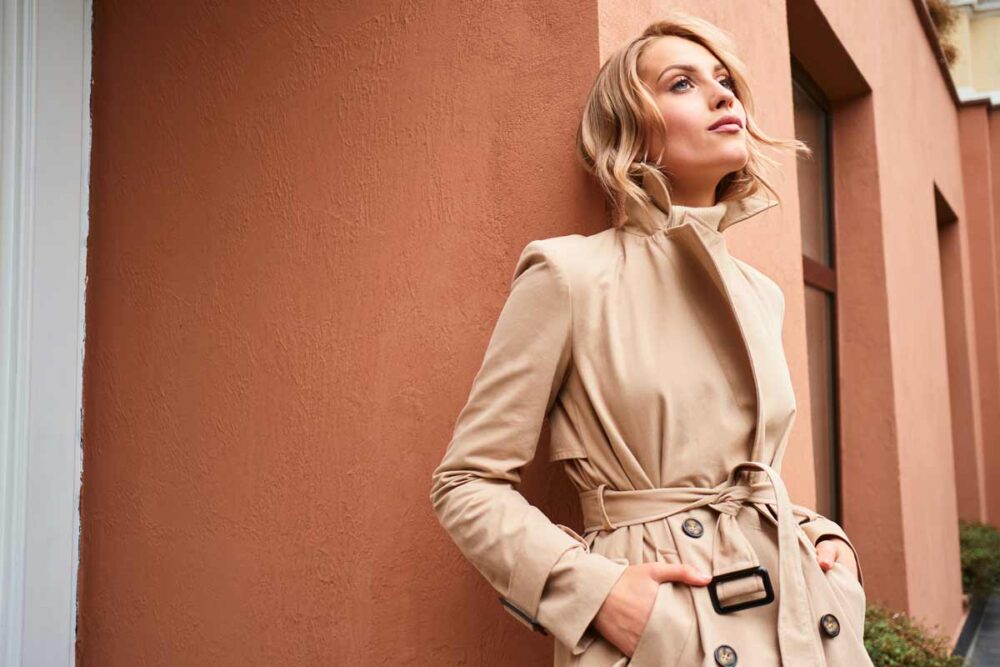
History of Gabardine fabric: from the Renaissance to the invention of Burberry
Where does gabardine tissue originate from? The medieval gabardine was a wide and long garment that was usually used over trousers and shirt, as further protection from the cold and tied around the waist. During the Renaissance in France gabardine was the name given to a popular wool cloak, derived from the Spanish word “gabardina” which indicated the tunic of the workers. So the term went on to indicate the resistant and warm fabric with which overcoats and overalls were made at that time.
Thomas Burberry, founder of the Burberry fashion house in Basingstoke, patented it in 1888. To create this new material, Burberry studied the dense texture of combed wool, smooth on the one hand, with finishing processes such as trimming and pressing, and characterized by ribbed fabric on the other side.
Breathable and waterproof, thecotton gabardine fabrichas presented itself as a revolution to create specific clothing elements against the elements, such as the famous trench coat in cotton gabardine and other fiber mixes, made famous by the likes of Humphrey Bogart. In gabardine is also made “Eisenhower jacket” a jacket model launched in the sixties, which ends just below the waist, with four pockets, pointed neck and high buttoning, which takes its name from the military jacket that was used to wear the famous general.
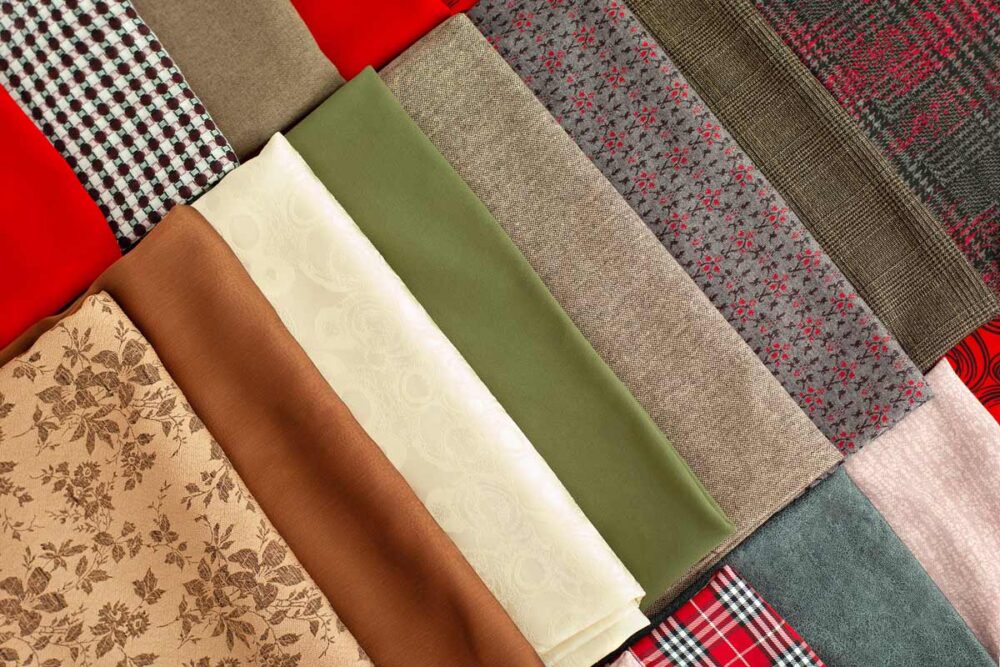
Gabardine, summer or winter fabric?
Depending on the fibers with which the gabardine fabric is made, the garments can be suitable for the coldest or the least rigid period of the year. Of this fabric it is generally said that it is perfect for the middle seasons, that is able to meet the style needs of those days from the uncertain weather and temperature. A soft, well-draped and well-ventilated material that does not deform when wet and resistant to wear, characteristics that make it suitable to be exposed to high percentages of humidity.
How to treat garments in gabardine? To wash and stain this fabric you can set a gentle cycle on the washing machine, but in the case of mixtures of gabardine with combed wool it is better to rely on dry cleaning to avoid shrinkage of the fabric. For the ironing phase, instead, we set the temperature of the iron on a low value, taking care not to press too much to not spoil the fabric.
Gabardine Cuoco
This cotton fabric with twill weave, is dyed in yarn with black and white pie de poule design. It is mainly used in the field of clothing and, more specifically, in the field of work uniforms, to make durable and versatile garments such as professional clothing for chef trousers.
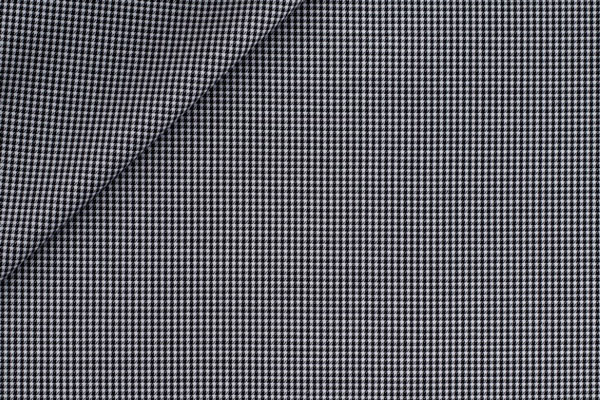
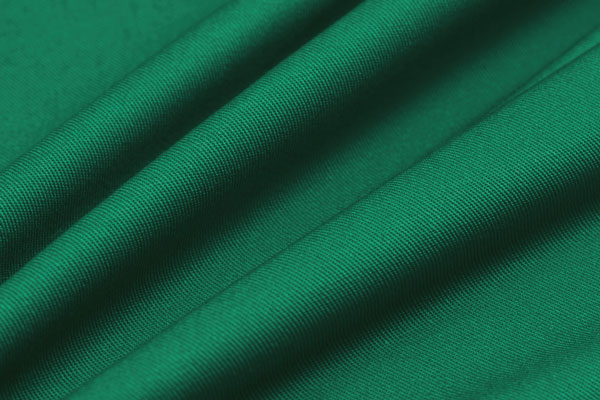
Gabardine Lodi
A cotton fabric characterized by the soft hand: this gabardine fabric is perfect for making garments thanks to the excellent dimensional stability given by the process of sanitization to which it has been subjected. It is mainly used in the medical field.
Gabardine Astor
We find all the characteristics of strength and quality typical of gabardine in this version of combed yarn in solid color with soft hand. The color is solid thanks to the use of reactive dyes and the process of sanitizing ensures the dimensional stability of the fabric.
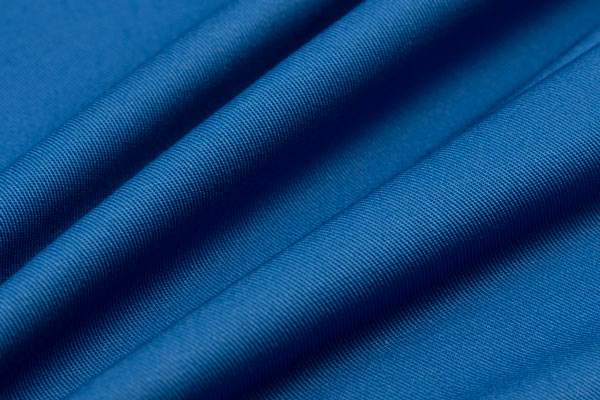
How to choose the most suitable gabardine fabric for the purpose you intend to achieve? Enter the world ofCimmino Lining Manufacture and let yourself be advised about the fabrics and materials that best meet your needs. A team of experts is ready to guide you through the different features that make the selected products unique.




